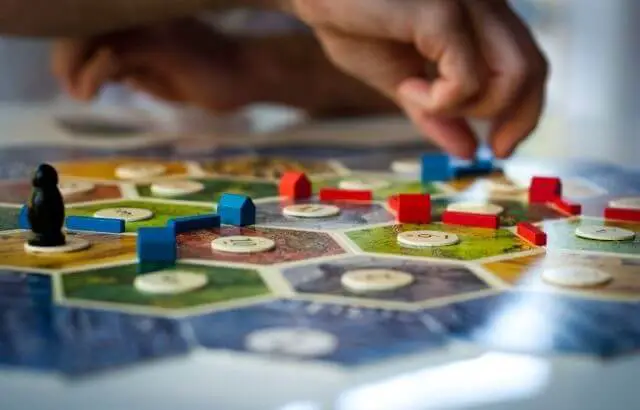Do you know what makes a successful board game?
Different board game makers are available in the world. Some of them have been highly praised, and some have failed to gain sustainable popularity over time. To be famous, you must complete a specific board game idea.
The board game is a matter of taste! The fair value of the game depends mostly on the choice of gamers. Some players prefer games of chance; others prefer the game of tactic; still, others enjoy interacting with fellow players. Then some people choose games based on reaction, manual skills or memory, etc. All these features make a successful board game for the players.
With 3,301 successful campaigns (up 9% from 2017 figures) that have risen average funding of $70K, it is safe to say that Kick starter is fast-moving to launch a tabletop game.
But the game is considered useful or less appealing; it does not depend entirely on personal preferences. When talking about the essential things that are essential to make the game successful, some factors must be considered.
What Makes a Successful Board Game?
The below 17 points makes a successful board game;
- Target audience
- Easy to understand and remember
- Includes choices mixed with luck
- Fun pieces to play
- It can be Play frequently.
- Compatibility of rules
- Originality
- Freshness and Replayability
- Surprise
- Equal opportunity
- Chances of winning
- There is no “Kingmaker Effect.”
- No Early Elimination
- Reasonable waiting time
- Creative control
- Uniformity
- Qualitative Part
Now, let dive into details;
Target audience
The target audience plays a vital role in the success of the board game. Even with a growing player base, the demographic distribution of players has changed significantly. In the past, some families played games with their children that played Scrabble, Monopoly, Chutes, and Ladders, Chess, and Clue.
Over the past five years, their market has grown at an average annual rate of 15 percent, reaching 700 million in 2013.
Today significantly more women and significantly more couples play a board game. If you want to reach these target groups, you need to adapt your theme and rules accordingly. This concerns the length, complexity, and number of players in the game.
Chess is an example of a game that has targeted this audience very well. It is very involved, friendly, and cooperative, a trend in the board game industry of recent years.
There is a market for each target group in times of long-tail impact, but if you want to have a specific reach, you have to think about how to address the largest possible target group since the next one is very vague.
Easy to understand and remember
Many card games can be learned quickly and are easy to understand.
While board games need to be a challenge, children are easy to understand to engage in fun with adults. It should take less than 15 minutes to explain the game’s rules and ideally less than 10.
If the game is too complicated, or there are too many options and decisions, many family members will stop playing. Great board games are easy to play by pulling without breaking a lot of rules.

Includes choices mixed with luck
While many decisions in a game add to the complexity, a great board game must include unavoidable choices. Our minds are to explore the consequences of our favorites. The player’s interest and pleasure will quickly turn into a game without making any choices.
At the same time, if there are no components of luck, older players will regularly win. Elements of luck in the game give young children a chance to win their fair share of games. Successful board games are the ones that present a blend of tactical choices and balanced luck.
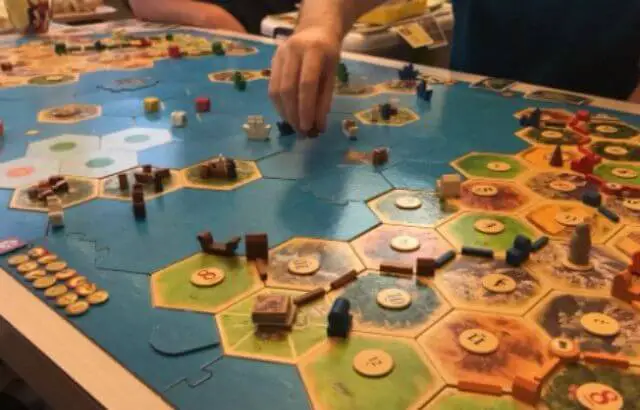
Fun pieces to play
Board games and card games are affectionate experiences. We play board games to interact face to face with the people around us and stay connected with the game elements. Great board games include elements that are so exciting to watch, touch, feel, and play with. Rick and Morty are the most popular board games.
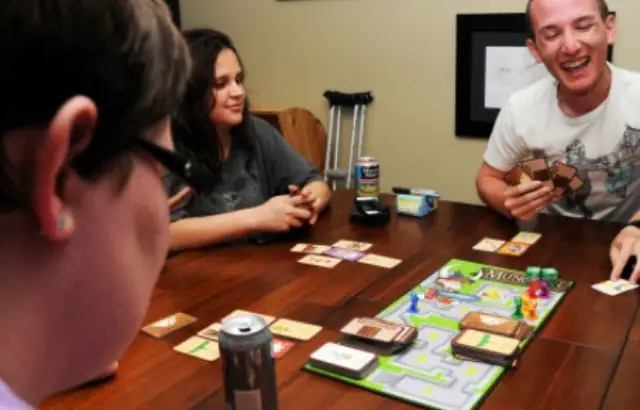
It can be Play frequently.
Sometimes it’s the board game we play the most and more.
The ultimate sign of what makes a great board game is a game that can be played many times without overstating its reception. A game will increase its reception if it is too repetitive or predictable. Game design with variable elements and results are more likely to see the game frequently.
The Great Board Games include enough variety to keep the game interesting, no matter how many are played.
The activities we enjoy become what we choose to experience more and more. The same is true in board gaming. Games that are easy to understand involve both strategy and luck, are fun to play and can be played frequently, and are the best board games your whole family, friends and, associates can enjoy together.
According to an interview earlier this year, the imperial conflict “will be about global animosity between Britain and France between 1697 and 1789.” Oliver Roeder was a senior writer for Five Thirty-Eight.

Compatibility of rules
A professional board game varies in the demand placed on their rules. Some sports require special skills. It is essential to hold on to the rules of the game.
Opportunity games have rules and offer a few alternative possible moves. This should result in a short turn and usually a fast-paced game.
Courtesy of Ananda Gupta Game the game ends about 5 percent of the time in a nuclear war. Check out the solo war board games.
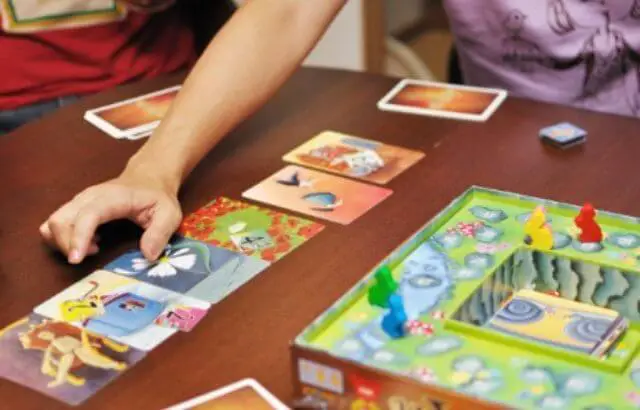
Originality
Board game development must be original. It should have elements that are never part of the game or not in a particular permutation.
Freshness and Replay ability
The better the game, the more its players want to play again. An essential aspect of this is that the game should be as different as possible each time it is played. If the game lacks this quality, it will soon become boring. A good game will be as exciting to play every time as it was the first time.
Let’s put this number in perspective: with 2 million people in that subdivision, only 1% of those people already have 20,000 looks at you and your game to attract attention.

Surprise
The game should be surprisingly rich. Repetition in succession, progress, and events should be strictly avoided to enjoy the rich surprises the game offers. In the year 2019, according to Kick-starter data collected by entertainment site Polygon, fans pledged more than $ 176 million in tablet games, up 8.8% from the previous year.
Equal opportunity
At the beginning of the game, each player should have an equal chance to win. In particular, the first player should have neither an advantage nor a disadvantage in the rest of the field.
For example, even those supporters who are willing to pay 100 for a small game this week and $ 50 for the next week of the Euro game will be less likely to pay $ 150 to back both projects on the same day.
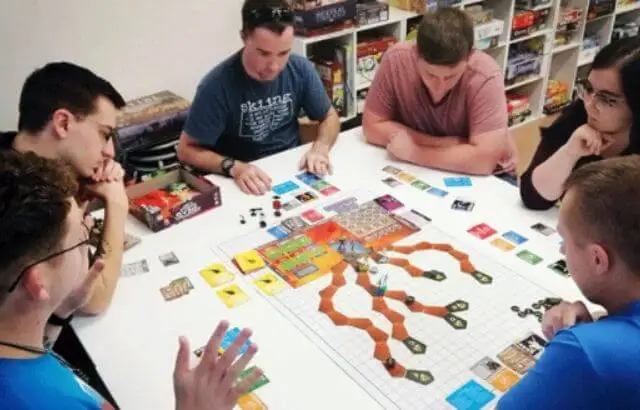
Chances of winning
A similar rule applies at the end of the game. The minimum theoretical probability of each player winning must be at the very end. This process may be infinite, but it must be present.
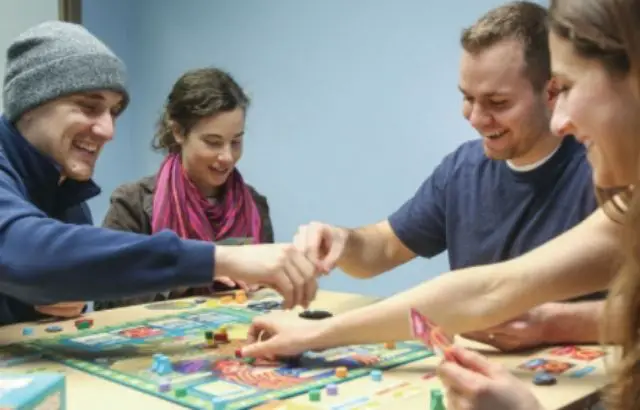
There is no “Kingmaker Effect.”
The game loses its appeal if, at any stage, a player who no longer has any hope of winning can somehow emerge as the winner. This problem occurs mainly in strategy games. Level 3 is where I want to be with strangers or at least people where I am less likely to take a break.
No Early Elimination
All players should be included in the game until it is almost over. No one should be removed until the very end.
Reasonable waiting time
Nothing beats the interest of board game players as quickly as prolonged inactivity while waiting for their turn. Chess offers a helpful example: a board game player can use the waiting time to plan his next move. In 2012, 84% of Kick starter projects were completed late.
Creative control
In any game that is not based on chance, players must be allowed to influence its progress and direction. There is nothing more boring for a player than the feeling that they are “played by the game.” A good game should be challenging.
Uniformity
The title, theme, format, and graphics of the game must be integrated.
Qualitative Part
The functionality, durability, and visual appeal of the content contribute significantly to the game’s value. According to Kick the Table, a passionate board game player who also becomes a data enthusiast, posited that about 70% of tablet games in 2018 were successfully funded, an incredible statistic compared to other crowdfunding classes.
Conclusion
There are a lot of qualities that make up a successful board game. The game must include components like compatibility of rules, originality, chances of winning, uniformity, and target audience, easy to understand. However, the game will be regarded as unsuccessful when it lacks these components.

Veronica is a Green Bay-based freelance writer and editor with extensive experience with board games. When not busy scribbling her thoughts, you might find her in her garden, hiking out in the woods, or exploring new food joints.
Veronica is a die-hard board game and chess hobbyist by night. She likes to try out new games and is always on the lookout to recruit new players for her game night (so beware!). When not playing board games or throwing darts, she is usually busy painting miniatures (or doing other nerdy stuff).
She is the CEO & Content Writer of Indoor Games Zone. She shares her expertise from years of playing chess, board games, and darts.

![Stiga XTR Pro Review | 1,559+ Global Ratings (In-Depth Guide) [year] Stiga XTR Pro Review](https://indoorgameszone.com/wp-content/uploads/2021/08/Stiga-XTR-Pro-Review-218x150.jpg)




